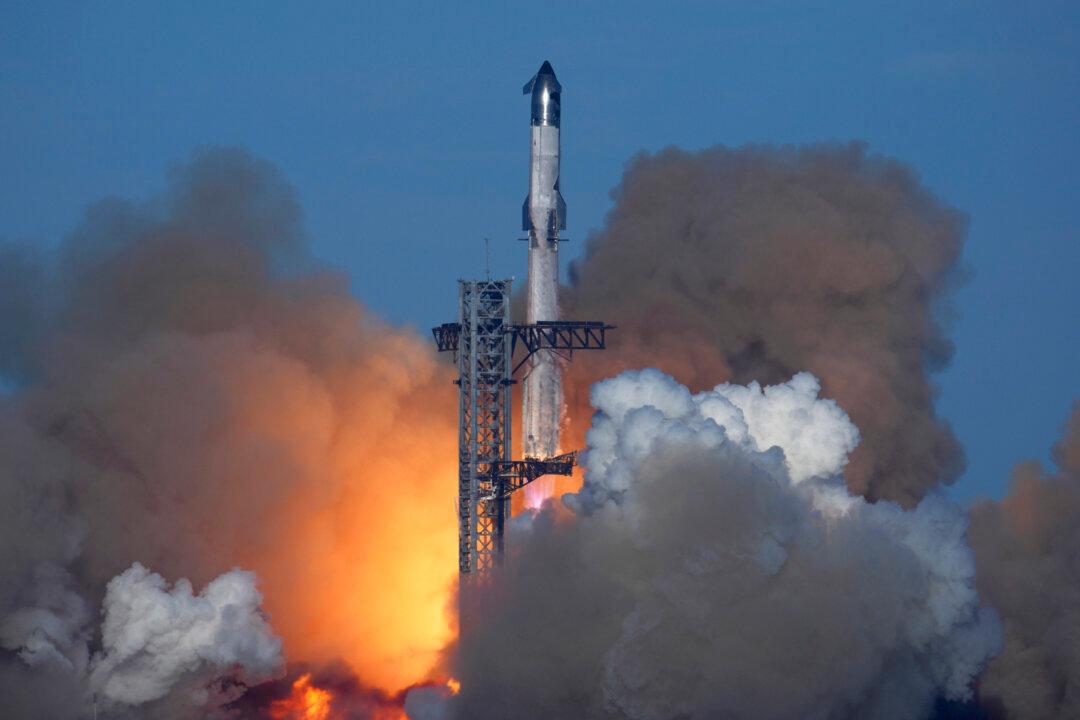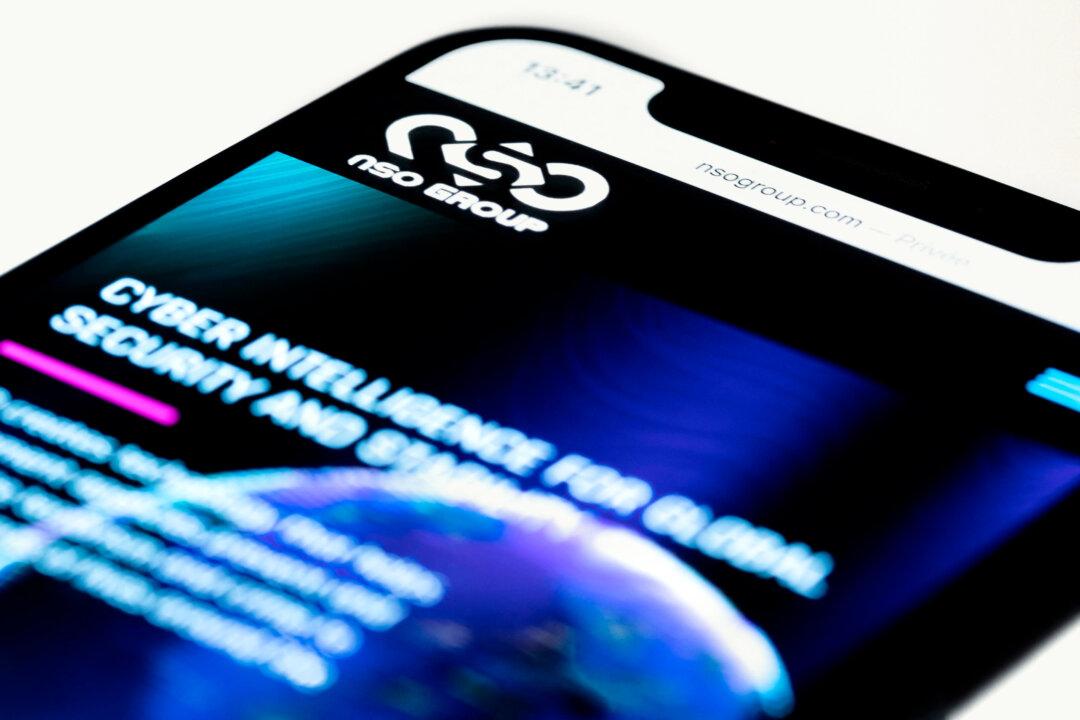In making the decision, the FAA analyzed potential environmental impacts related to factors such as air quality, noise, and water resources.
The agency found that granting the license for 25 annual launches for Starship would not have a significant impact on the quality of air and water, or noise in the vicinity. In conclusion, the agency said that updating SpaceX’s vehicle launch count will not significantly impact the environment.
The draft assessment is “deeply flawed and inadequate for addressing the significant environmental and cultural risks posed by the increased cadence of launches and landings of the SpaceX Starship/Super Heavy Vehicle,” it said.
Sierra Club had called for a full Environmental Impact Statement on the issue and asked that the Office of Hawaiian Affairs, the State of Hawaii, the U.S. Fish and Wildlife Service, and the National Oceanic and Atmospheric Administration be consulted.
However, the FAA clarified that an Environmental Impact Statement (EIS) is not needed. An EIS is a government document detailing how a specific project affects its environment.
In addition, the FAA said raising launches to 25 per year will enable SpaceX to provide “greater mission capability” to the Department of Defense and NASA.
It added that the company’s activities would continue to “fulfill the U.S. expectation that increased capabilities and reduced space transportation costs will enhance exploration” while supporting U.S. national security and making space access more affordable.
The increase in launch numbers will act as an incentive for the private space sector and expand U.S. space transportation infrastructure, the agency said.
A vote conducted on May 3 to formally reincorporate Starbase as a city was approved 212-6 by residents. The small group of people living in the area are mostly employees working for SpaceX.
Starship Test Flights
The most recent test of the SpaceX Starship, conducted on March 6, was only partially successful.The spacecraft component broke down before it reached the targeted orbit, while the booster came back to the launch tower.
Responding to the debris created by the falling spacecraft, the FAA had to issue temporary ground stops for flights departing from multiple airports. The agency also asked the company to conduct an investigation into the mishap.
“During Starship’s ascent burn, the vehicle experienced a rapid unscheduled disassembly, and contact was lost,” SpaceX said at the time. “Our team immediately began coordination with safety officials to implement pre-planned contingency responses.”
This was the second consecutive time that a Starship spacecraft broke down during test flights. The last time this happened was in January when SpaceX conducted the seventh test flight of the Starship.







